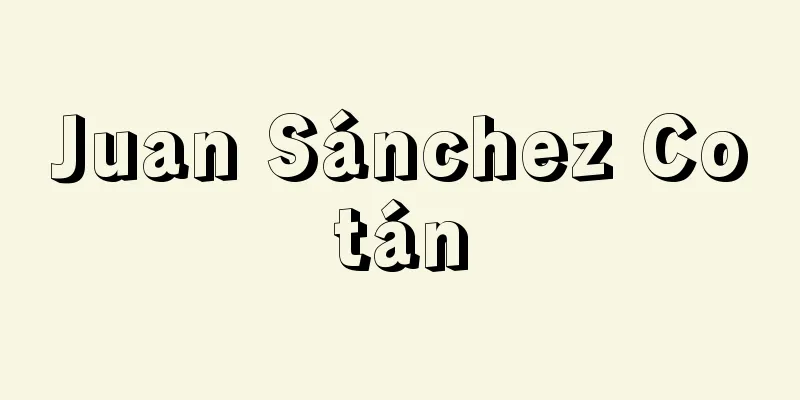Tadatomo Hoida

|
Year of death: 19 September 1847 (27 October 1847) Year of birth: January 23, 1791 (February 25, 1791) A scholar of Japanese classics, archaeologist, and poet of the late Edo period. Commonly known as Kuma Jiro and Tsunekage, his pen name was Tadega. There are different theories about his year of birth. He was born in Mikawa as the son of Obara Tosaku, originally from Shimomichi-gun, Bitchu Province (Okayama Prefecture), and was adopted by the Hoida family, chief priest of Settsu Ikutama Shrine (Osaka City). At the age of 20, he became a disciple of Hirata Atsutane in Sunpu (Shizuoka Prefecture) and studied Japanese classics, and then studied Western medicine under Fujibayashi Fuzan in Kyoto. He became a disciple of Kagawa Kageki and also made a name for himself as a poet. He lived in Osaka and Kyoto, and joined the archaeology club "Ibunkai," where he interacted with Ban Nobutomo, Shinjo Michio, Akao Kakan, Matsuoka Kiatsu, and others. He worked for the Nishimachi Magistrate as a servant to Kajino Ryozai, a samurai attached to the Imperial Court. In 1831, when Kajino was appointed magistrate of Nara, Tadatomo also moved to Nara and devoted himself to researching the area. During the repairs to the Shosoin treasure house from 1831 to 1834, Tadatomo was ordered by Emperor Kokaku to investigate the utensils and documents, and compiled the 45 volumes of the Shosoin documents, laying the foundation for future research into the treasures of the Shosoin. He was a leading authority on the research of objects from the Nara period, and was nicknamed "Nara-ya." In his later years, he lived in Kyoto. He published works on archaeology such as "Chuugai Senshi," "Munshi Tombstone Study," "Umi Musukaku Hakko," and "Kanko Miscellany." Other works include "Shoku Nihongi Mondo" and "Fusangokuko." His waka poetry is written in the simple Keien style. Although he did not leave behind a complete collection of poems during his lifetime, his works are included in "Hoida Tadatomo Family Collection and Short Biography" edited by Yatomi Hamao, and "Hoida Tadatomo Complete Collection of Poems" edited by Yanase Kazuo. (Yoshio Shiraishi) Source: Asahi Japanese Historical Biography: Asahi Shimbun Publications Inc. About Asahi Japanese Historical Biography |
|
没年:弘化4.9.19(1847.10.27) 生年:寛政3.1.23(1791.2.25) 江戸後期の国学者,考古学者,歌人。通称久間次郎,靱負など。号は蓼莪。生年,異説あり。備中国下道郡(岡山県)出身の小原東作の子として三河に生まれ,摂津生玉神社(大阪市)の社司穂井田氏の養子となる。20歳のとき駿府(静岡県)で平田篤胤に入門して国学を学び,次いで京都で藤林普山に西洋医術を学んだ。香川景樹に入門して歌人としても名をなす。大坂や京都に住み,考古学の同好会である「以文会」に入り,伴信友,新庄道雄,赤尾可官,松岡帰厚らと交流した。禁裏付武家梶野良材の用人として西町奉行に勤務。天保2(1831)年梶野の奈良奉行就任に従って忠友も奈良に移り,その地の調査に専念した。4年から7年にかけての正倉院宝庫修理に際して,光格天皇の内命により器物,文書を調査し,『正倉院文書』正集45巻を整理,後世の正倉院御物研究の基礎を作った。奈良朝の事物考証に関しては第一人者であり,「ならや」のあだながあった。晩年は京都に住む。『中外銭史』『文氏墓誌考実』『埋麝発香』『観古雑帖』などの考古学の業績を出版した。他に『続日本紀問答』『扶桑国考』などがある。和歌は平明な桂園調である。生前歌集としてまとまったものを残さなかったが,弥富破摩雄編『穂井田忠友家集・附小伝』,簗瀬一雄編『穂井田忠友全歌集』にその作品が収められている。<参考文献>簗瀬一雄『近世和歌研究』 (白石良夫) 出典 朝日日本歴史人物事典:(株)朝日新聞出版朝日日本歴史人物事典について 情報 |
<<: Vojtěch (English spelling)
Recommend
Stereolepis gigas (English spelling)
...It is distributed throughout Japan and along t...
Labor productivity
A ratio that indicates how much production is prod...
Elderly caretaker - Roju
A job title in the Edo Shogunate. It was called T...
Crime of harboring a criminal
A type of crime that undermines the criminal just...
Tsugaruishi River
A river that flows north through central-eastern ...
Isoenzymes - Isokouso
[Synonym] Isozyme Source: Morikita Publishing &qu...
Ah - After
〘Noun〙 (Chinese slang from the Six Dynasties perio...
lettre de provision
…The power of attorney must have a revenue stamp ...
Kron, G. (English spelling) KronG
... Although there are some records of performanc...
Provisional entry - Qualifying
It is a type of parole, and for those who have bee...
South Dakota
A state in the Midwestern United States. Abbreviat...
Jenson, N.
...This is why the early typefaces created by Gut...
Lady Amherst's pheasant (English spelling: Chrysolophus amherstiae)
Order Phasianidae, family Phasianidae. Males are 1...
Lobar pneumonia
...In terms of the mechanism of onset, they are c...
Gentiana triflora (English spelling) Gentiana triflora
… [Toyokuni Hideo]. … *Some of the terminology th...









